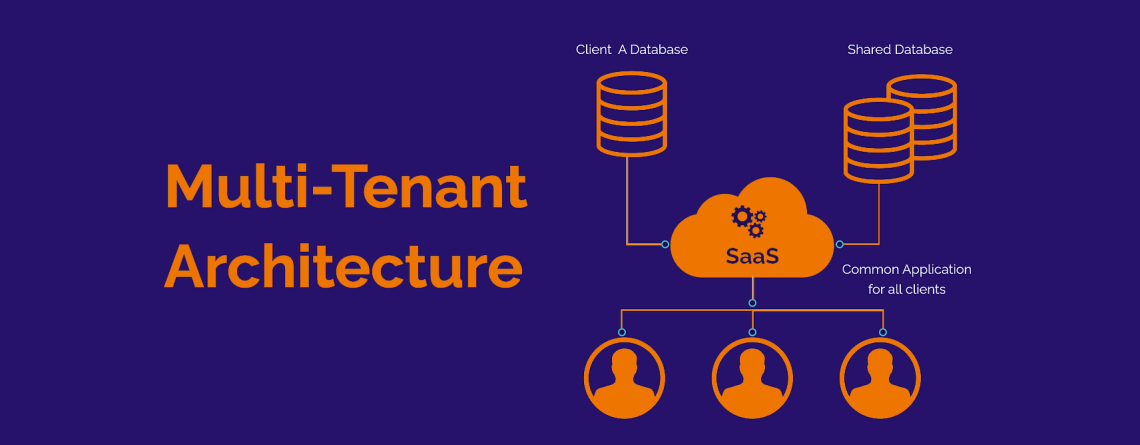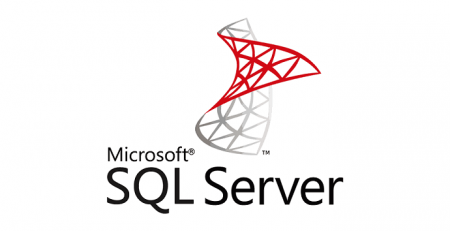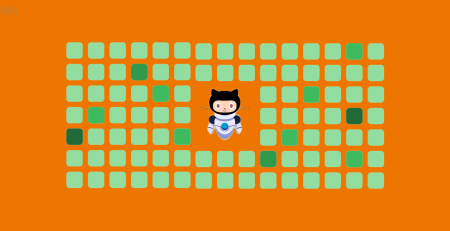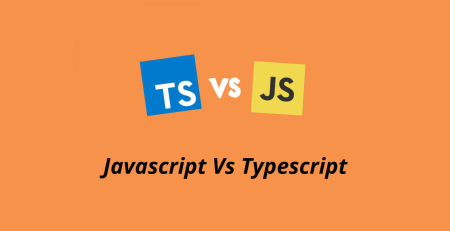Multi-Tenancy Made Easy: Exploring .NET Application Domains for Saas
Multi-tenancy is a key concept in the realm of Software as a Service (SaaS), which enables a single application instance to serve several clients or tenants while keeping their data and configurations separate from one another. Using Application Domains is one effective method we have for implementing multi-tenancy in.NET applications. In this blog article, we’ll investigate the idea of multi-tenancy and see how.NET Application Domains may simplify and speed up the implementation process.
Understanding Multi-Tenancy
A software system’s capacity to service several customers or tenants from a single shared instance is known as multi-tenancy. Despite sharing the same fundamental resources, each tenant views the system as their own. SaaS apps frequently employ this design to provide affordable solutions while assuring data separation and security.
The Role of .NET Application Domains
.NET Application Domains provide a mechanism for isolating and managing application resources within a single process. Each Application Domain operates independently and can load and execute assemblies without affecting other domains running in the same process. This natural isolation lends itself perfectly to the multi-tenancy model.
To demonstrate this, let’s consider a hypothetical SaaS application that provides a content management system for multiple tenants.
Setting Up the Multi-Tenant Environment
First, let’s define a simple Tenant class to represent each tenant in our system:
public class Tenant
{
public int Id { get; set; }
public string Name { get; set; }
// Add other tenant-specific properties here
}Next, we’ll create a TenantManager class responsible for managing the tenants and their corresponding Application Domains:
public class TenantManager
{
private Dictionary<int, AppDomain> _tenantDomains = new Dictionary<int, AppDomain>();
public void CreateTenant(Tenant tenant)
{
var domainSetup = new AppDomainSetup
{
ApplicationName = tenant.Name,
ApplicationBase = AppDomain.CurrentDomain.SetupInformation.ApplicationBase,
PrivateBinPath = Path.Combine(AppDomain.CurrentDomain.BaseDirectory, tenant.Name)
};
var domain = AppDomain.CreateDomain(tenant.Name, null, domainSetup);
_tenantDomains[tenant.Id] = domain;
}
public void UnloadTenant(int tenantId)
{
if (_tenantDomains.TryGetValue(tenantId, out var domain))
{
AppDomain.Unload(domain);
_tenantDomains.Remove(tenantId);
}
}
// Other methods for managing tenants, such as loading assemblies, etc.
}Leveraging Application Domains for Multi-Tenancy
With our TenantManager in place, we can now create and unload tenants dynamically based on user interactions:
// Assume we have a list of tenants to create
List<Tenant> tenants = GetTenantsFromDatabase();
var tenantManager = new TenantManager();
foreach (var tenant in tenants)
{
// Create each tenant in a separate Application Domain
tenantManager.CreateTenant(tenant);
// Load tenant-specific assemblies and configurations here (not shown in this example)
}
// Later, when a tenant needs to be removed
int tenantIdToRemove = 2;
tenantManager.UnloadTenant(tenantIdToRemove);We easily implemented multi-tenancy in our SaaS application using .NET Application Domains. Changes to one tenant’s data or configurations won’t have an effect on other tenants since each tenant runs in its own separate environment.
Conclusion
In this article, we looked at the idea of multi-tenancy in SaaS applications and learned how .NET Application Domains may make the deployment process easier. We can simply manage numerous tenants within a single .NET application by utilizing the isolation features of Application Domains, enabling a safe and effective solution for our SaaS service.
When tenants are no longer required, don’t forget to properly dispose of the Application Domains since if they are left unloaded, they might use up resources. You can create scalable and reliable multi-tenant SaaS apps with confidence because to the strength of .NET Application Domains. Coding is fun!










Leave a Reply